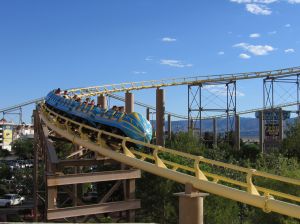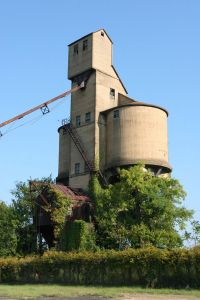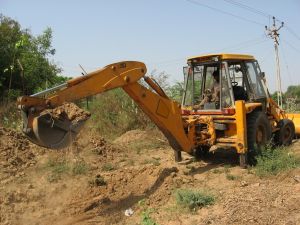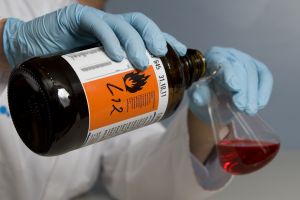It should come as a shock to no one that prescription drug costs in the United States are extremely high. We do not have many of the cost control measures implemented by governments of other countries, such as Canada and Europe. In fact, Congress has actually made it illegal to purchase and ship drugs to the U.S. from Canada or Mexico, where the same drugs are cheaper.
 With prescription costs being as high as they are and still getting higher each year, workers’ compensation insurance carriers are worried these high costs will make it costly to provide benefits to injured workers in need of expensive prescriptions.
With prescription costs being as high as they are and still getting higher each year, workers’ compensation insurance carriers are worried these high costs will make it costly to provide benefits to injured workers in need of expensive prescriptions.
In other words, as our Boston workers’ compensation attorneys can explain, large insurance companies, which collect trillions of dollars in premiums each year, are worried high prescription costs will cut into their profitability, which tends to upset investors, and that is the last thing way want. Essentially, the lobbyists from the pharmaceutical industry are having more success in keeping prescription costs high than insurance industry lobbyists are having in keeping them low or getting federal subsidies.
According to a recent article from Insurance Business Magazine, the cost increases in pharmaceuticals are due to what industry insiders call high price inflation for brand and specialty drugs. They also argue there are fewer big name drugs going generic in the near future, which in the past had served as a cost corrector, as insurance companies can require a patient to use a generic drug if one is available. While they have not said how this actually affects workers’ compensation claims, they claim specialty treatments for Hepatitis C are very costly, and this is having a big impact on the value of claims.
In context to drugs more obviously associated with on-the-job injuries, such as antibiotics, narcotic painkillers, and antidepressants, many of which are already generic, and still increasing in costs, which is contributing to higher costs for workers’ compensation claims. It is not small increases these insurance companies are claiming either, as they note some generic drugs have increase in costs nearly 1,000 percent in the past year alone.
Continue reading
 Family members have recently filed a lawsuit in connection with employee’s death, arguing defendant was negligent in performing a test run while employee was still on the tracks. They also allege employee’s supervisor did not properly warn him that a car was about to release, which would have allowed him to clear the tracks in a safe manner before being struck by the incoming car.
Family members have recently filed a lawsuit in connection with employee’s death, arguing defendant was negligent in performing a test run while employee was still on the tracks. They also allege employee’s supervisor did not properly warn him that a car was about to release, which would have allowed him to clear the tracks in a safe manner before being struck by the incoming car. Massachusetts Workers Compensation Lawyers Blog
Massachusetts Workers Compensation Lawyers Blog












